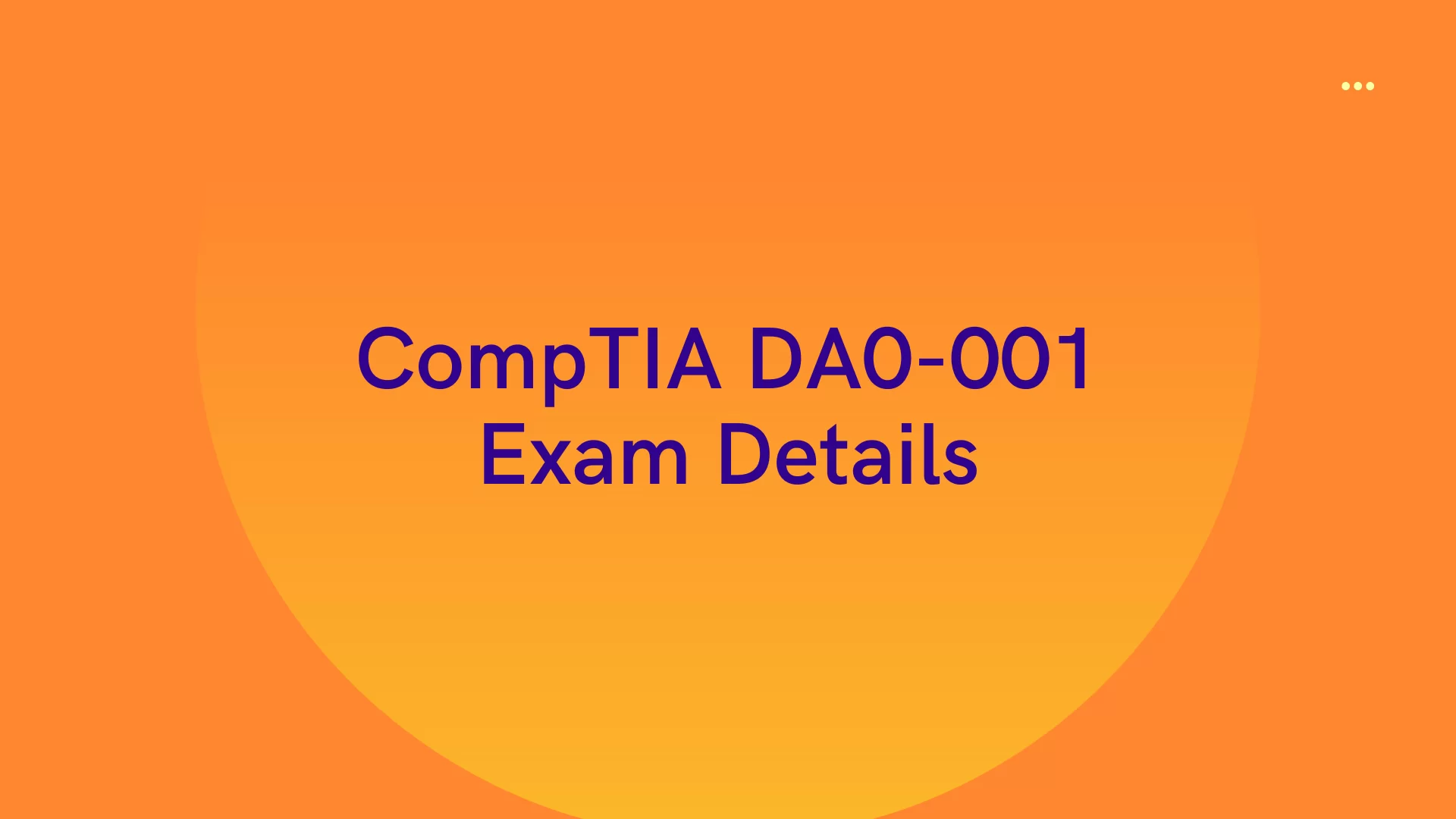Today, I am going to breakdown on how a social media campaign budget can be utilized for every business size. While keeping in mind, every online business — small, medium, or large — should have a good social marketing strategy in place.
And now, how every strategy put in place should be backed by a fruitful social media campaign budget. But, on a clear note, there’s no such thing as a one-size-fits-all social media campaign budget. Simply, because every company has different resources and different priorities.
In reality, social media budgeting has been a topic on all digital and online media platforms alike for quite some time.
But, without expounding our knowledge base on this topic, for many, this may seem like another Pandora Box. It’s so frequent that, at jmexclusives, we receive questions on this topic. Especially, from our clients as well as our site visitors.
Related Topic: How is Instagram Advertising done? A New Marketer Guide
So, whether you’re working with a shoestring or cushy budget, there are key components you should figure into your calculations first.
And for this reason, that’s why our team come up with some answers on this. To help you grow your brand, products, or even business to the next level through social media.
That said, what is the social media campaign budget? And how is it implemented well during a marketing campaign?
What Is Social Media Campaign Budget?
A social media campaign budget in terms of marketing helps you ensure you’ll have the funds to achieve your goals. Whether that’s promoting a new business or driving sales on a new product.
Plus, without an accurate social media marketing budget, it’s impossible to know the true ROI of your work. That’s why basically, a good and fruitful social media budget is driven by two factors. Including, the internal factors and external factors.
Internal factors may relate to the content owner themselves. Whereas, their main goal is in the ROI (Ratio on Investment) demanding sector. External factors are contributed by the sourced campaign managers. This also applies to the ones promoting the said brand, product, or company.
Related Topic: TikTok | 6 Benefits, How it Works & How to Download it
As an example, you can make the most of your social media campaign budget and easily manage all your social media profiles using Hootsuite. And from a single dashboard, you can easily schedule and publish posts. As well as engage your followers, monitor relevant conversations, measure results, manage your ads, and much more.
Assuming that, if you are an industry veteran, you probably already know the value of having a strong professional services brand. And, if not, consider some of the benefits that come by. Whereby, with a strong Brand you can, you’ll generate online leads more easily.
You’ll also command higher rates, achieve a higher win rate, recruit more effectively, and even have fewer competitive bid situations. After all, who wouldn’t want these advantages? But, the question is, how do you build a leading brand? That’s where social media branding tools come into play!
Related Topic: What Is Social Media Branding? A Small Businesses Guide
For instance, think of your professional services brand as the product of your reputation and your visibility. With this in mind, a Brand Building or rather, Branding Tool is a technique that helps you build and refine your firm’s reputation or increase the visibility of that reputation.
The best branding tools manage to do both at the same time. All in all, the best branding tools manage to do both at the same time. In addition to that, you can see the other Top 10 Branding Tools.
Examples of a Social Media Campaign Budget Plan
In the first place, let’s say you have $500,000 to spend on all marketing activities for a given quarter. Below is a breakdown that a medium-sized B2B company might employ as an itemized marketing budget. (Note that this is only a sample breakdown).
The final marketing budget must be shaped by your company’s needs, and the mileage absolutely varies. The numbers should never stay static. They should be refined by testing.)
1. Inbound Content Marketing: 20 – 25% ($100 – 125K)
The content is a must for any business with a digital presence. it’s the best way to attract new leads and move them through a defined buyer journey.
This makes sense to invest in content marketing in its various forms. For instance: in blogging, videos, infographics, white papers, case studies, podcasts, or other types of collateral.
2. Email Marketing: 5 – 10% ($25 – 50K)
This is simply one of the most effective channels for retaining and nurturing leads. Instead of losing web visitors who consume your content, it’s better to keep offering value and staying on their radar until they’re ready to take the next step.
Specifically on their journey in purchasing products, all the way to the point of sale. Email marketing can be relatively inexpensive to set up and maintain. Thus can yield an appreciable ROI for years.
3. SEM PPC, Display, and Social Media Ads: 20 – 25% ($100 – 125K)
Search Engine Marketing involves both SEO in general and buying pay-per-click (PPC) ads on search engines. Especially such as Google AdWords ads. Those ads can be very effective with the right copy and the use of buyer keywords.
Above all, display ads appear as “banners” on various relevant websites. Social media ads, such as those offered by Facebook and LinkedIn, can yield an extremely high ROI with the right targeting and creativity. It makes sense to promote content with 50% – 100% of the budget it takes to create it.
An optimized mix of digital ads fits the “promotion” bill perfectly. In the beginning, it’s better to test things out with a smaller investment and adjust over time, based on results.
The content is a must for any business with a digital presence. it’s the best way to attract new leads and move them through a defined buyer journey. This makes sense to invest in content marketing in its various forms.
4. PR, Off-Page SEO, and Influencer Marketing: 20 – 25% ($100 – 125K)
Influence marketing includes the range of activities for building a greater brand presence. Including getting your brand into media outlets and sourcing high-profile guest blogging opportunities.
In this case, scoring partnerships with niche influencers. Budgeting for these endeavors can greatly increase the popular awareness of a company.
5. Website Content Marketing: 10 – 15% ($50 – 75K)
A website is your digital storefront. Besides being designed well, it must convert visitors. For this to happen invest in fresh, SEO-compliant content and design.
As well as an optimized flow that leads users seamlessly into your sales funnel. Continual conversion rate optimization (CRO) is always important as you gain traffic over time.
6. Traditional Marketing Methods: 10 – 15% ($50 – 75K)
To enumerate, traditional covers all of the age-old “offline” methods of advertising which still do work. Namely, events, print ads in magazines, TV commercials, radio spots, and billboards.
While most modern brands will likely see more immediate returns from targeted digital marketing. A modest (yet definite) investment in traditional methods will only help solidify and sustain those gains.
How much money should you spend on social media?
There is a reason why social media marketing is crucial. For instance, nearly one in every two people on the planet has a social media account. And to date, that figure is still growing.
But remember, your social media budget should be one piece of a larger marketing pie. According to the Business Development Bank of Canada, a common rule of thumb is that B2B companies should allocate 2-5% of revenue on marketing. While B2C companies should spend between 5-10%.
The same research found that small businesses in Canada spend an average of $30,000 a year. And mid-sized businesses (20-49 employees) spend an average of $60,000. While companies with more than 50 employees spend more than $100,000 annually.
Related Topic: Paid Search | A Beginners Guide In Online Marketing
So, how much should the social media campaign budget cost? Well, well, before deciding on how much of your marketing budget to allocate to social media, there are few things to put into consideration.
First, you’ll need to do research of your customers. And secondly, determine how social media will help you achieve your marketing objectives. For instance, if a significant percentage of your sales come from the Internet, it may make sense for your brand to spend more on social media.
Of course, this is in comparison to the print media, broadcast, direct mail, or other online digital marketing channels.
Related Topic: B2B Marketing | 3 Key Strategies & 5 Benefits to Marketers
According to this year’s CMO Survey, there is a markup on the percentage growth in budgeting for over the next five years. The percentage of marketing budget spend on social media breaks down as follows:
- B2B Product: 16.6%,
- B2B Services: 20.5%,
- B2C Product: 20.9%
- B2C Services: 24.7%.
With that in mind, you can use these averages as benchmarks for your business. And then tailor them around your goals and resources.
But, there are some questions you should ask yourself first, whether you’re the owner of a company or the marketing team player. Particularly, before you can create a marketing budget.
Some of these questions are:
- What is the percent of the budget to be spent on marketing?
- Do I know my customer lifetime value (CLV)?
- How will I convert cold traffic into customers?
- Which is your funnel or conversion process?
- How is the conversion rate from traffic to leads?
- What is the conversion rate from a lead to a customer?
In addition to that, you need to know what a visitor or a lead is worth. The lifetime value of a customer is for your business. Even though the answer may seem a bit clouded. Seek measurable (and great) results.
Our team introduces a marketing budget to put into consideration the realistic social media campaign budgeting.
Marketing Budget as a % of Revenue
Always remember your online marketing efforts helps you to drive more sales revenue. And on the average range, companies spend zero to forty percent of their revenue on marketing. In very competitive and high growth industries, especially venture-funded businesses. This can be as high as forty percent.
Therefore, not concerned about profitability, some businesses spend nothing on marketing. They have a built-in client base or a great location. The more realistic curve is between 3 – 20%. The average for companies under 300 million shillings revenue with a 10% profit margin is 8 – 10%.
Related Topic: How is Product Marketing done? A Marketers Strategic Plan
Eventually, a company that is making $8M in revenue typically spends between $30,000 – 10,000. This is primarily on advertising and marketing expenses. It does not include the salary of the marketing director.
What about the Lifetime Value in Social Media Campaign Budget? CLV is the average total lifetime revenue from a customer. Whereby, every business will have a unique range. And it may take a couple of years to get a clear expectation of what that might be.
For instance, Apple’s CLV is $8,000, based on the cost of its products and its strong brand retention.
How to Create a Social Media Campaign Budget Plan
The probability of selling to an existing customer is greater than fifty percent. A customer spends close to $10,000. And as a matter of fact, the business can spend up to $2,000 on advertising to get a new customer.
The smaller ticket items without a high repeat customer base make it extremely difficult to market at such a low rate. To leap benefits associated with your site visitation, you should try and address the conversion from your analytics channel.
Additionally, you’ll need to have a well-defined process for converting cold traffic from initial awareness through to the purchase process.
Some key methods of doing this are:
- Capturing emails and utilizing email marketing
- Producing Webinars that are both educational and strategically sales focused
- Adding clear calls to action for lead capture
- Remarketing, which is advertising to previous visitors to your site.
Furthermore, you should put a lead capture plan in place to refine, test, and improve your strategies. It’s always easier and less expensive to double the conversions. Rather than it is to double traffic. Once CLV has developed proven methods of converting traffic to leads.
And in order to create a budget, first of all, you should understand which tools are in play for business. As well as which platforms do make the most sense? The role of digital play in your overall mix and your visitor’s worth.
Cost per acquisition (CPA)
CPA is the cost of bringing a visitor to the site divided by the conversion rate. For example, $1 for a qualified visitor divided by 2%. Conversion rate = $50 CPA. The point is often overlooked so CPA must be less than the CLV.
Ideally, the CPA is less than the initial purchase to generate a cash-flow positive business. This does not require investment or debt to acquire customers. Paying equal to the purchase price results in losing money as there other expenses associated with the business.
Pay more for the first purchase. Then with time, more customers will buy from you. This holds for companies with a subscription model or businesses with a high retention rate. It is good to mention that we receive your questions daily.
Remember, this is one of those topics that is difficult to do without a specific business in mind. For instance, we could base our discussion on various bases. Such as the business duration of the brand, products, and services offered. Bearing in mind, marketing drives revenue.
The Actual Cost of a Social Media Campaign Budget
Notably, traffic costs are going up daily with increased demand for the market. Whereby, they use delivery platforms. Facebook ad costs are up 150-175% in the last 2 years.
But, maintaining the CPA is hard. Therefore, it’s good to be better at other strategies such as increasing your conversion rate. One thing that can’t change is how much a click will cost. Depending on the industry, these numbers vary.
Facebook is more consistent with CPCs whereas, the others follow the latter as well, such as;
- AdWords: $0.50-$10+ CPC / $1-$2 average
- Facebook: $0.20-$3 CPC / $.60-$1.50 average
- Display Ads: $.10-$2 CPC / $0.40-$0.70 average
- Pinterest: $.15-$2 CPC
- Twitter: $2-$4 CPC
Affiliate Campaigns and Referral Promotions Capitalization
Remarketing cost is around $.50-$2 CPC Across all of these platforms, the cost per click averages out to be $.50 to $1.50. Small businesses need to be very selective with their digital advertising.
It’s about doing one to two platforms really well versus trying to diversify. The creative costs, data analysis costs, and management costs go up if spread thin. Once the percentage of the marketing budget going towards digital is determined.
Related Topic: How to Generate Leads | Top 10 Content Marketing Tips
That is to say, the right tools are in place. Explicitly based on customers and any new insights. Each platform has its own strengths and weaknesses. There is a difference in the quality of people searching for something specific. Markedly on Google versus someone just browsing Facebook.
Remarketing, Google AdWords, and Pinterest are great avenues of people looking for specific items. AdWords is perfect for search intent. Facebook, Pinterest, and Instagram perform well for consumer products. Finally, LinkedIn, where clicks are more costly, is right for business services.
Takeaway,
In summary, there are multiple factors that play into establishing a strong digital marketing budget. Depending on your business’s intention of profitability, sustainability, or aggressive growth.
Know your revenue, risk comfort level, CLV, CPA, and where your audience is. From here, you are able to make smart choices towards a budget that fits your intention for your business’s future.
Related Topic: SERP | How do you Improve your Google Search Results?
All in all, you can utilize our realistic social media campaign budget plan above in your next promotions to see if you’ll get more results.
But, before I conclude, as can be seen from the above guidelines, it clearly shows that a good social media campaign budget and online branding is a must tool for most brands. And apart from the above user-based key strategies, Search Engine Optimization (in short SEO), and Search Engine Marketing (in short SEM) are equally on the rise.
Related Topic: What is SEO? Everything every Web Marketer should know
As you also keep in mind, to create a long-lasting brand online, then again, you’ll need a vibrant online support agency like jmexclusives that is always there for you. And on that note, our team has been working with many big brands. To equally create and even elevated their brand reputation and presence online.
Finally, I hope the above guide was useful to your business as well as your social media team. But, if you’ll need more help, you can Contact Us or even share your additional questions and requests in the comments section. Also, don’t forget to donate in order to support our online research work and help us grow together with you.



